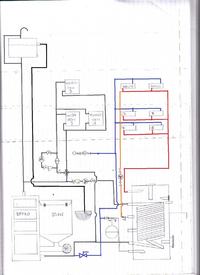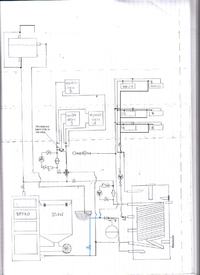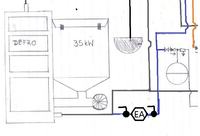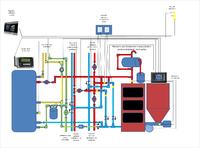Hello!
I am building a central heating and hot water system at home, I have a problem with choosing the diameter of the inflow pipes as for the manifolds, the manifold will produce about 6-8 circuits for radiators without underfloor heating, there will be 3 manifolds throughout the house, the pipes connecting the manifold with radiators are 20mm PEX
A one-story house 240m ^ 2, including two rooms in the attic, Defro Duo Uni boiler 35kW
I am building a central heating and hot water system at home, I have a problem with choosing the diameter of the inflow pipes as for the manifolds, the manifold will produce about 6-8 circuits for radiators without underfloor heating, there will be 3 manifolds throughout the house, the pipes connecting the manifold with radiators are 20mm PEX
A one-story house 240m ^ 2, including two rooms in the attic, Defro Duo Uni boiler 35kW









